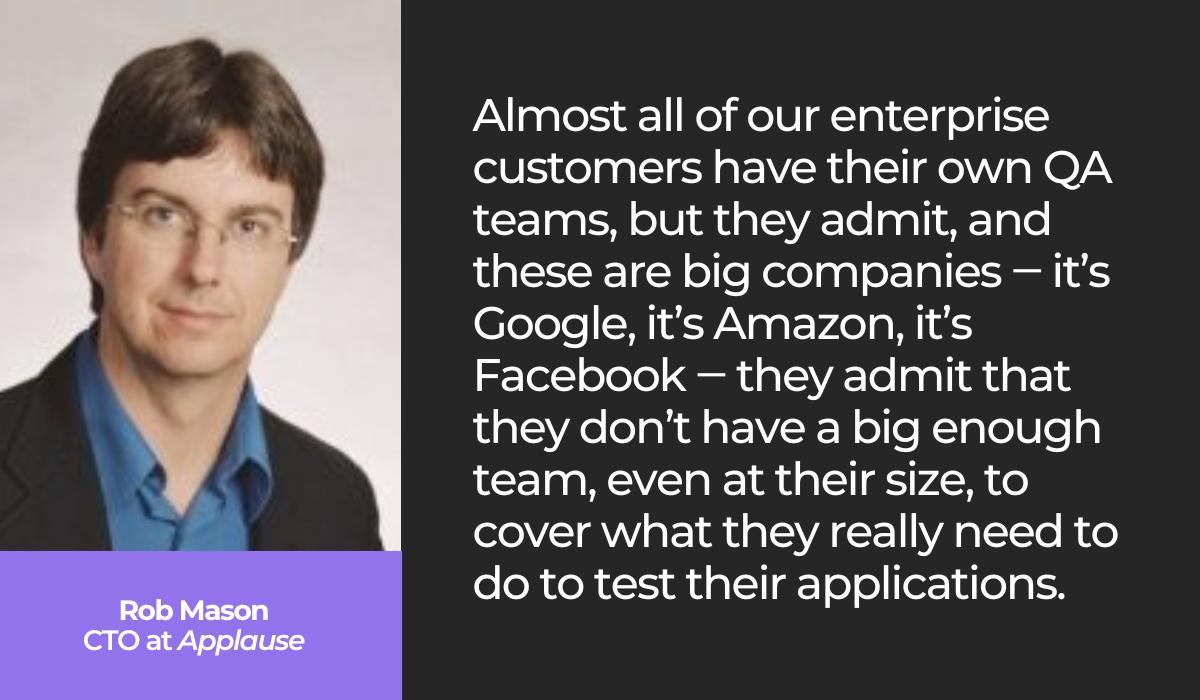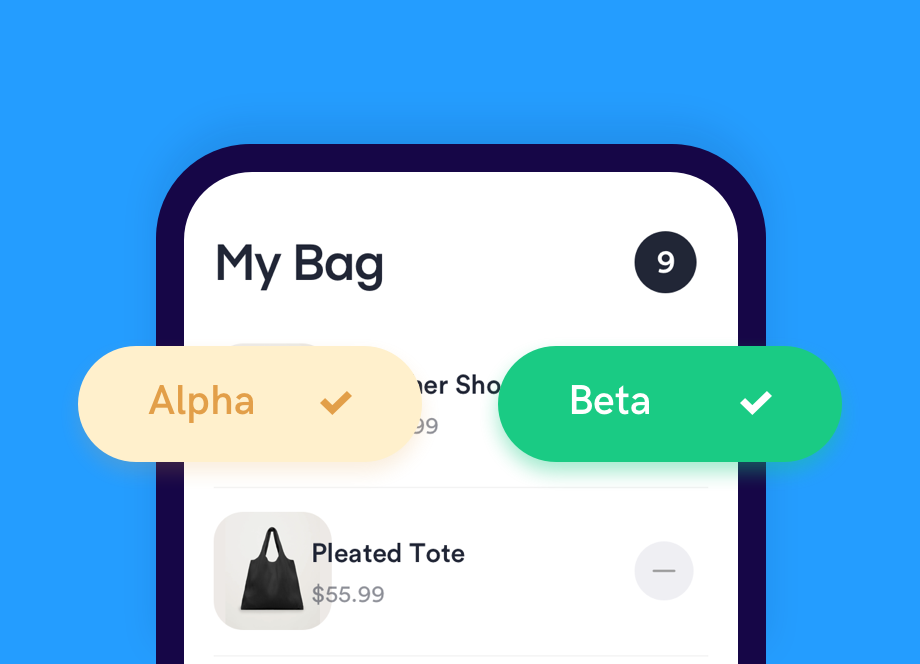
Testing a mobile app is a complex process. The application should be tested from every angle, examining every facet to ensure it’s fully functional and provides a seamless experience.
The question then is: how to approach the process of mobile app testing? Should you rely on your own internal quality assurance (QA) team or utilize external testers?
In other words, which is better: in-house or crowd testing?
There’s no simple answer to this question. That’s why we’ve written this article, to describe the advantages and disadvantages of both approaches so that you can decide for yourself.
So, keep reading!
Table of Contents
What is in-house testing
Your QA department has one chief task: assessing the quality of your software.
Doing so includes bug reporting, risk assessment, requirements analysis, and, of course, software testing.
While mobile app testing is perhaps the most direct approach to quality assurance, it’s only one piece of the puzzle.
Your QA team has plenty of responsibilities, and testing isn’t their only task. Consequently, they aren’t necessarily in charge of testing practices.
However, when software testing is performed by QA (or other employees within the company), it’s referred to as in-house testing.
Generally speaking, there are three levels of in-house testing, displayed in the visual:
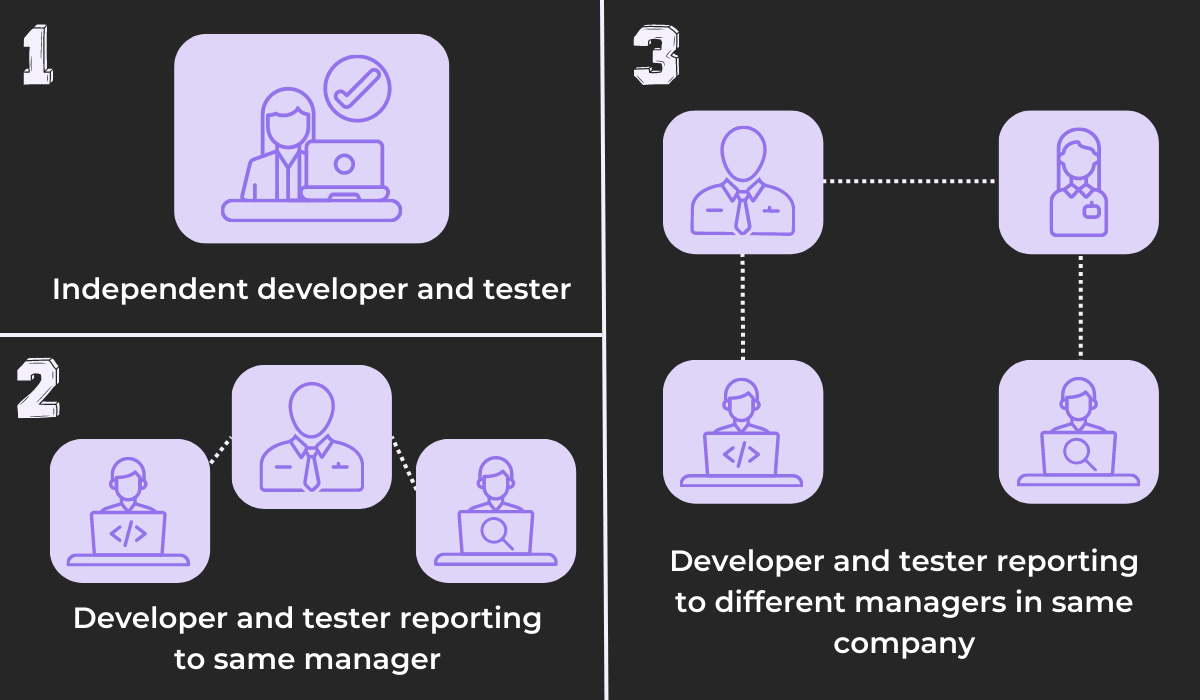
In small companies, a technical employee will have full ownership over the in-house testing, covering all its aspects.
Mid-size companies, on the other hand, typically have dedicated positions for testers and developers who collaborate on in-house testing on the same team.
Finally, the largest organizations have separate development and QA teams. With this structure, in-house testing usually falls to QA.

Bug & crash reporting tool for mobile apps.
These three models have one thing in common—every tester should be familiar with the software.
With in-house testing, the testers are the same individuals who continuously work with your software eight hours a day, five days a week. They should know your software inside and out.
For example, look at this tester’s testimony:

This Reddit user performed multiple security-related tasks before finally becoming a specialized in-house penetration tester.
With such a rich experience, they’re definitely well-acquainted with most security practices and can immediately spot any weak spots.
Most in-house testers boast a similar comprehensive background, and this internal knowledge makes them highly competent QA employees.
In fact, there are certain testing types only in-house testers can accomplish.
Joanne Goldy, a marketing specialist at CoinCorner, highlighted one such testing variety:
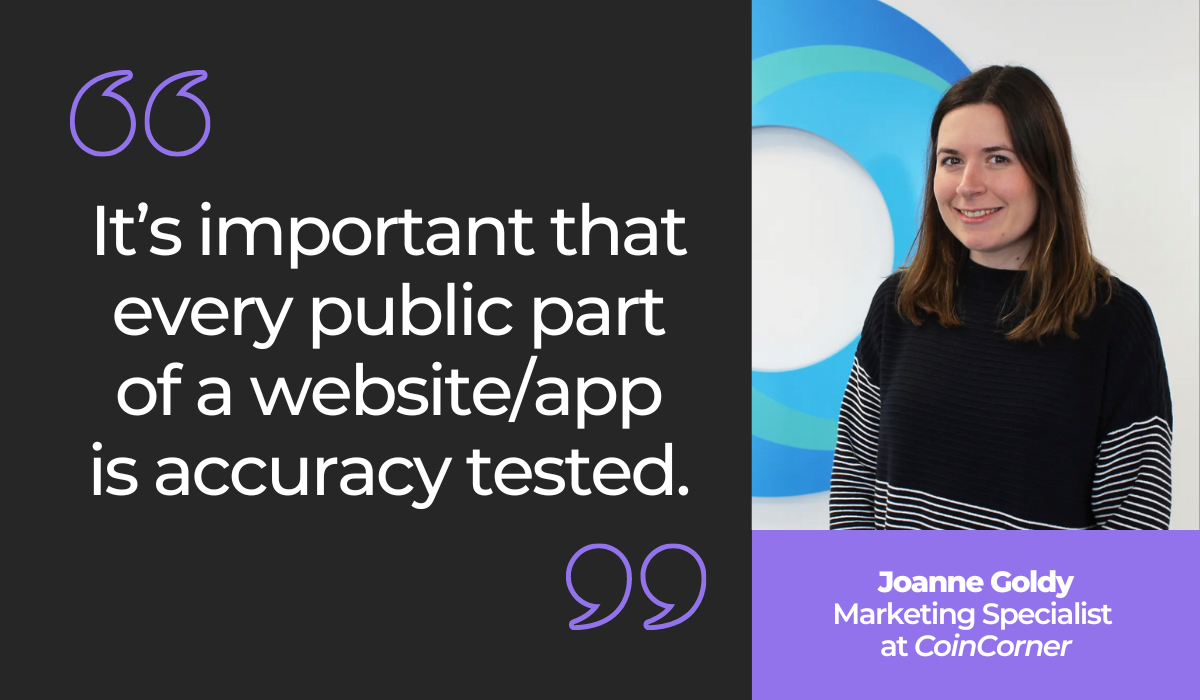
Accuracy testing verifies if the software is acting according to the user requirements, trialing if its features and workflows are accurate and functioning as designed.
The pass/fail criteria for such accuracy testing is typically internal, confidential information, keeping your app plans private.
Consequently, in-house testing is almost always necessary to gauge your software’s accuracy.
If you’re wondering what an in-house testing setup looks like, here’s a good example:
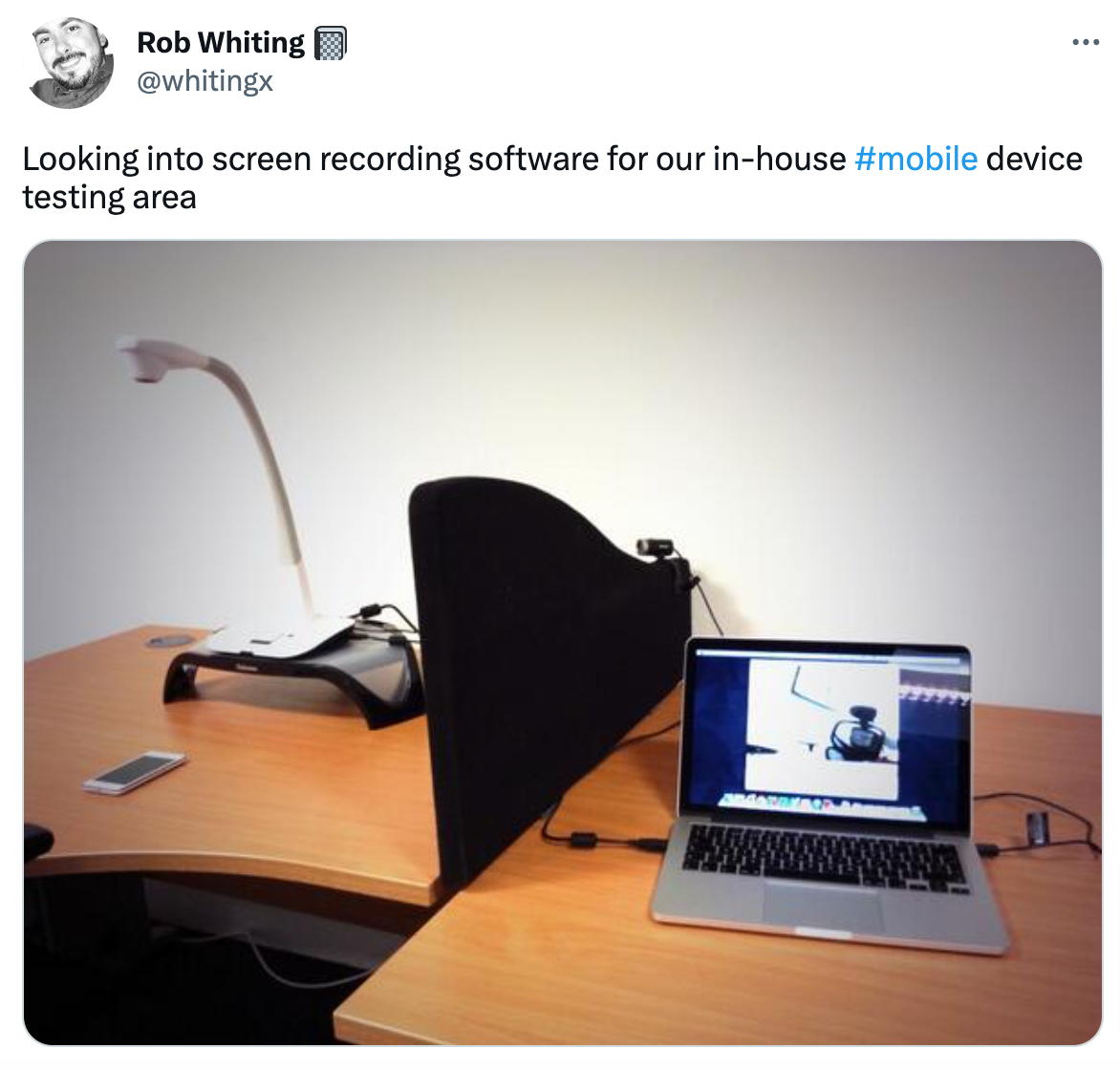
Rob Whiting, a governmental Lead User Researcher, has showcased how in-house testing looks at his office.
The setup includes a documenting camera, screen recording software, and a dividing screen to block the recording laptop from the tester’s field of vision.
In these prime conditions, QA employees have all the necessary resources.
Provide such a setup, and your team members will easily perform in-house testing and help deliver a flawless app.

What is crowd testing
If internal employees perform in-house testing, crowd testing is the exact opposite.
Crowd testing harnesses crowdsourcing. This approach employs individuals outside your organization, recruiting testers who have never seen your software.
Such newcomers are valuable precisely because they’re interacting with your software for the first time—they’re looking at it with fresh eyes.
With in-house testing, you continuously engage your company’s limited employee pool. While these team members are experts in your software, they only have so many ideas.
Cem Kaner, the author of Testing Computer Software, also highlighted this:

Your in-house testers will eventually deplete their test cases simply because they can only brainstorm so much.
Crowd testing provides a much bigger idea pool. Larger organizations can easily enlist triple-digit testers, and mid-size companies should reach double-digits.
The sheer number of testers ensures your mobile app will be tested in countless different ways, guaranteeing broader test coverage, and a more diverse outlook.
In other words, because crowd testers typically outnumber in-house teams, they also offer more perspectives, demographics, and technical knowledge levels.
The visual below shows some areas in which crowd testers can differ amongst themselves.
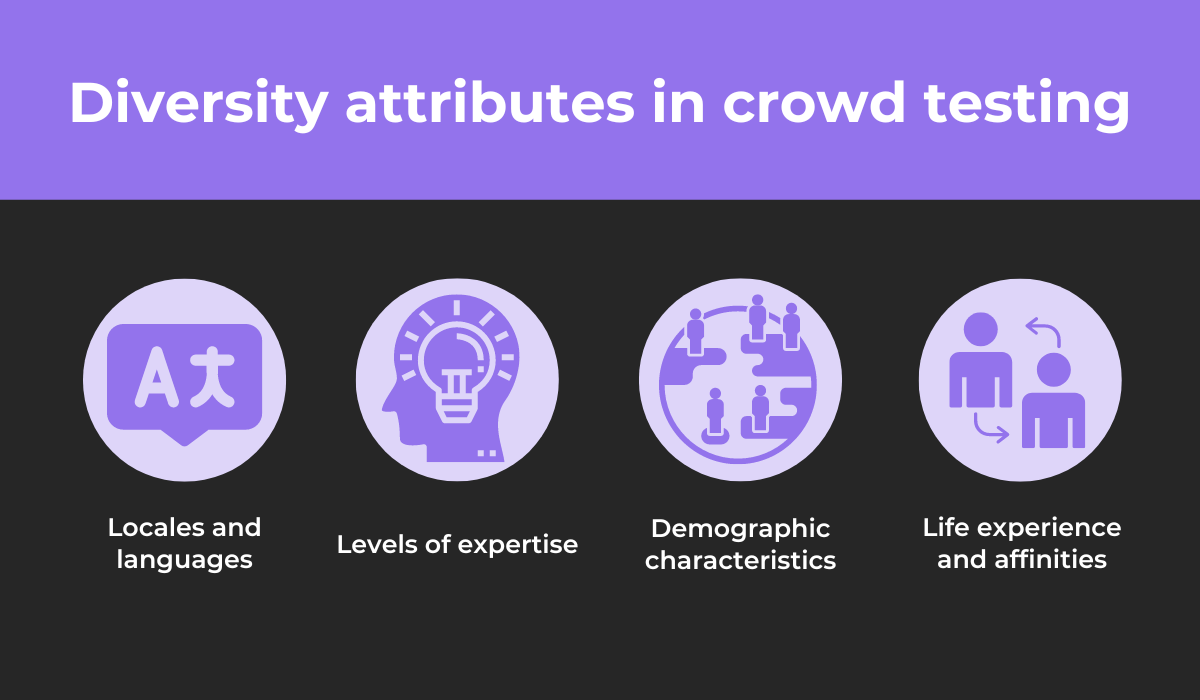
Crowd testers will have different technical knowledge levels and usually span several countries and ages. Furthermore, each tester has their own individual life experiences.
With such diverse testers, you’ll obtain countless testing perspectives.
Consequently, very few bugs will go unnoticed, as each tester will have a unique viewpoint. Your mobile app will be tested from all angles.
One aspect of this is technical—the testers will likely have different mobile devices.
Testing on multiple devices is a pervasive problem, as companies often don’t have access to all mobile devices, risking their app malfunctioning on a particular model.
Eric Maender, the Senior Director of Cox Communications, reports such a situation:
Many organizations face the same reality and must find alternative solutions to gather enough mobile devices.
Crowd testing is a viable answer. By enlisting so many diverse testers, there are bound to be countless mobile devices.
It’s the perfect opportunity to perform cross-device mobile testing and guarantee quality on all device types.
Because of these benefits, more companies are turning to crowd testing. Even large, enterprise organizations with hefty resources are realizing its value.
Rob Mason, Applause’s CTO, has testified this:
FAANG giants are investing in crowd testing, as even these industry leaders need more resources to test their mobile apps on a high enough level.
As such, crowd testing is a fantastic method to thoroughly test your mobile app, covering all possible device variations, user mindsets, and testing ideas.
In-house testing vs. crowd testing: key differences
The most pronounced difference between in-house and crowd testing is the tester profile—internal employees or crowdsourced individuals.
However, due to this choice, each testing approach is markedly different from the other. The two kinds are best utilized at different times, for different testing types, and at different companies.
This final point was nicely summarized in a recent Quora thread:

Crowd testing is often inexpensive and quick compared to in-house testing, making it ideal for newly founded companies.
After all, it takes time to hire in-house testers and even longer to train them.
Furthermore, the salaries of QA employees are constantly climbing, so in-house testing would also be a financial investment.
Considering these factors, crowd testing is typically a startup’s testing choice.
Enterprise organizations don’t have these concerns.
They’re established enough that time and money are easy sacrifices for a dedicated in-house testing team that can confidently execute all testing types throughout your app’s entire lifecycle.
This is another distinction—in-house testing can be performed anytime.
Because your employees are part of your organization, they’re always available to test the app throughout all its iterations.
Crowd testing, on the other hand, is best performed at the end of development, as explained by testing expert Michael Bolton:

Crowd testing is most effective near a project’s end when your mobile app is almost finished and won’t undergo significant changes.
At this point, you’ll receive varied, helpful feedback you can implement before the final release.
However, watch out for which testing types you delegate to crowd testers. Some tests are better suited for in-house testing, whereas others function better with crowd testers.
The graph below lists the differences:
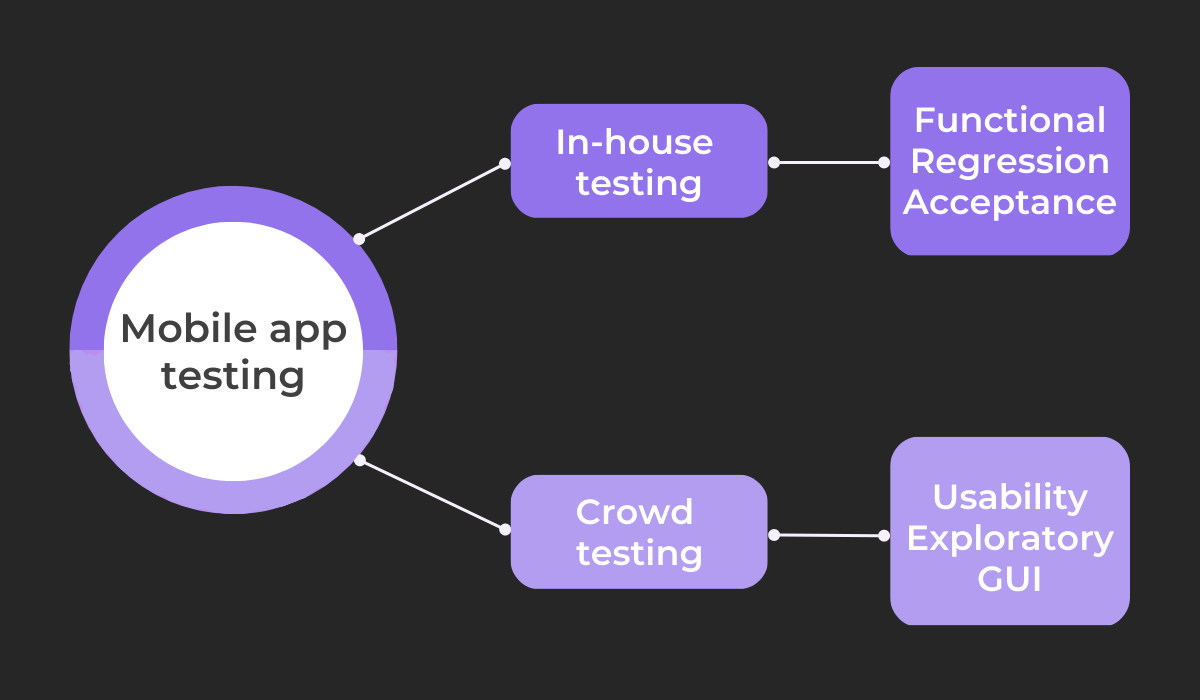
Acceptance testing requires user requirements knowledge, which organizations usually prefer to keep confidential.
Furthermore, regression and functional testing are both highly technical testing types that require familiarity with the previous app versions and the codebase.
Given this specialized information, in-house testers usually handle these testing types.
On the other hand, usability and GUI testing are user-focused testing variants, making them ideal for external testers.
Exploratory testing is also a good fit since it requires no technical expertise, so anyone can perform it.
For a brief overview of the differences between these two testing approaches, look at the visual below:
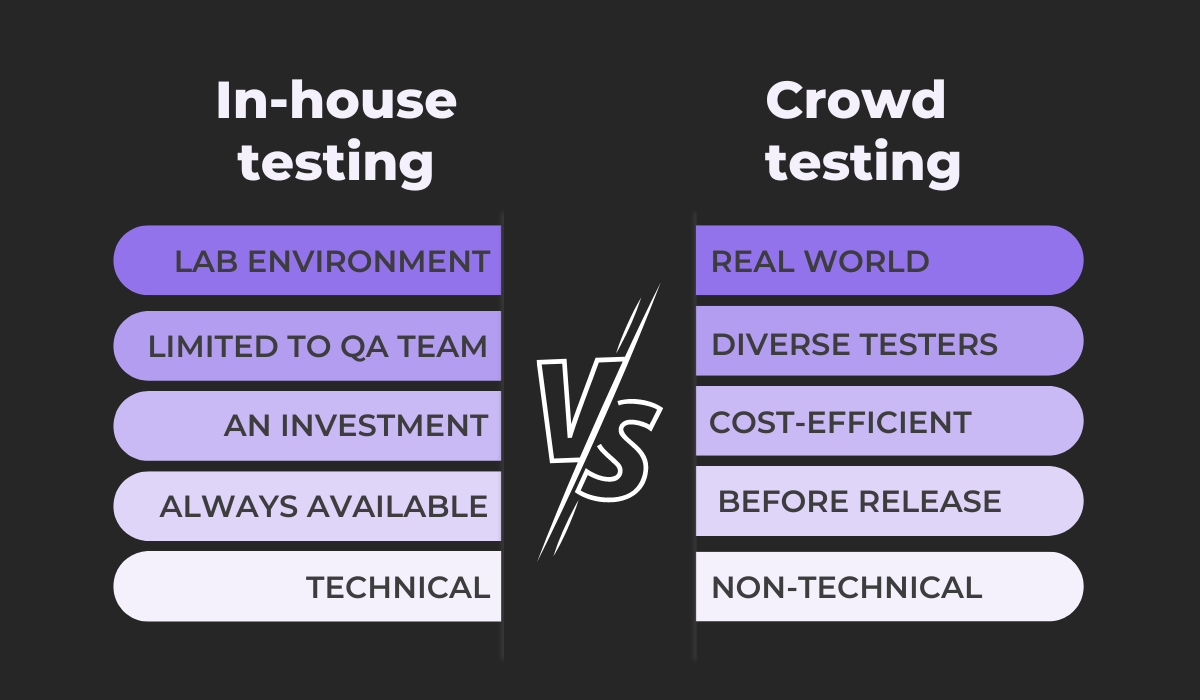
In-house testing is a financial investment restricted to your internal employees in a lab environment but is always available. It’s also ideal for more technical testing.
Crowd testing, on the other hand, is cost-efficient and leverages diverse testers in real-world conditions. It’s best performed before release and for non-technical testing types.
Despite their differences, both approaches are highly useful and a definite benefit to any mobile app.
In-house testing vs. crowd testing: which is better
There are ultimately no hard and fast rules regarding which testing approach is better. Each method has advantages and disadvantages, and each is best used in different situations.
For example, consider this Reddit user’s advice:

Crowd testing isn’t a good idea when trialing a niche application unlikely to be used by the general public.
In such situations, most crowd testers won’t understand how the app acts and, consequently, probably won’t recognize its defects either.
In other words, in-house testing is your best bet for specialized, less common apps. Your QA employees will be well-versed in your app’s behavior and be able to pinpoint bugs immediately.
However, crowd testing isn’t always the lesser choice, as one Reddit user commented:
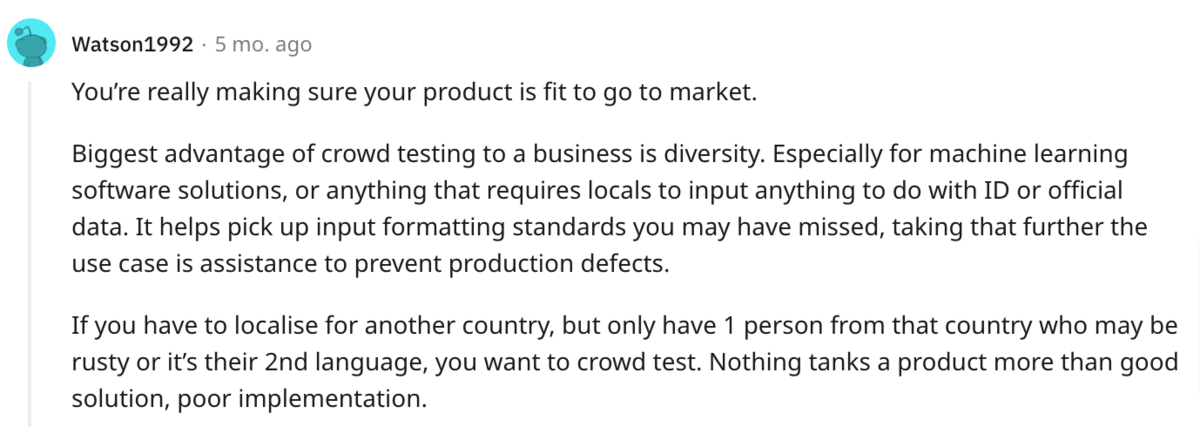
If you plan to release your app in multiple countries, make sure to utilize crowd testing—no matter how niche it is.
With this approach, you’ll leverage a diverse pool of testers.
These individuals should notice formatting standards (e.g., date and time, punctuation, decimal points, etc.) that are inconsistent with their region and could impact your app’s usability.

Bug and crash reporting tool for apps that gets you all the right data.
However, because these are location-specific issues, your in-house testers probably won’t spot them, making crowd testing the obvious choice.
To summarize, there’s no better option between in-house and crowd testing. Each has its own benefits, and each should be used interchangeably depending on the circumstances.
Or, as Atlassian’s Head of Marketing Claire Drumond put it:
There’s no need to box yourself into one testing method.
You’ll probably see the best results with a hybrid strategy—incorporating both in-house and crowd testing.
By combining the two approaches, you’ll reap the benefits of both methods and thoroughly test your mobile app from all angles.
BugCrowd CTO Casey Ellis is also a fan of this approach:
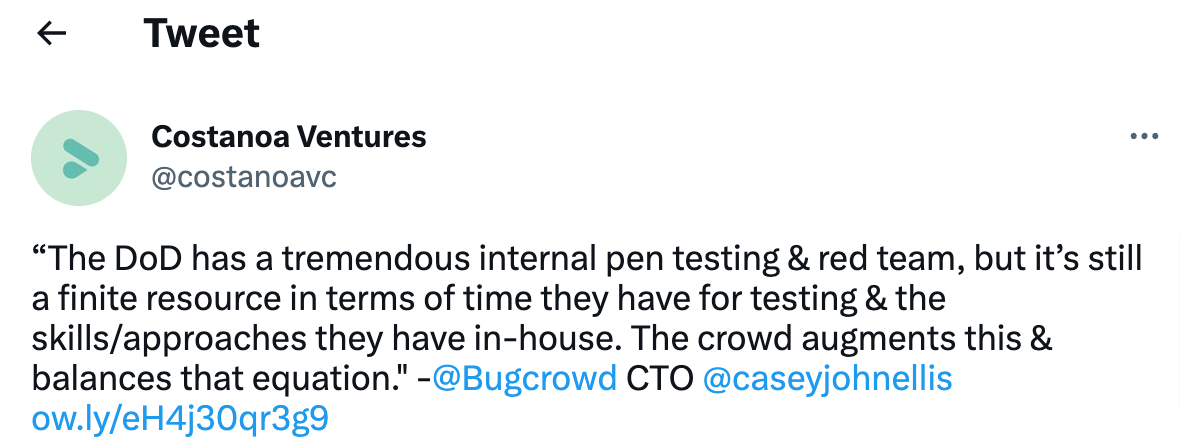
According to this industry leader, a hybrid approach is ideal: in-house and crowd testing used in tandem, complementing one another. With this strategy, you’ll catch most mobile app bugs.
To fortify this process as much as possible, it’s a good idea to invest in a bug reporting tool, both for in-house and crowd testing.
This will streamline the testing process and significantly facilitate logging the defects.
For example, with Shake, all the testers need to do is shake their mobile device, and that will generate a comprehensive bug report, which the developers will have immediate access to.
Here’s an example:
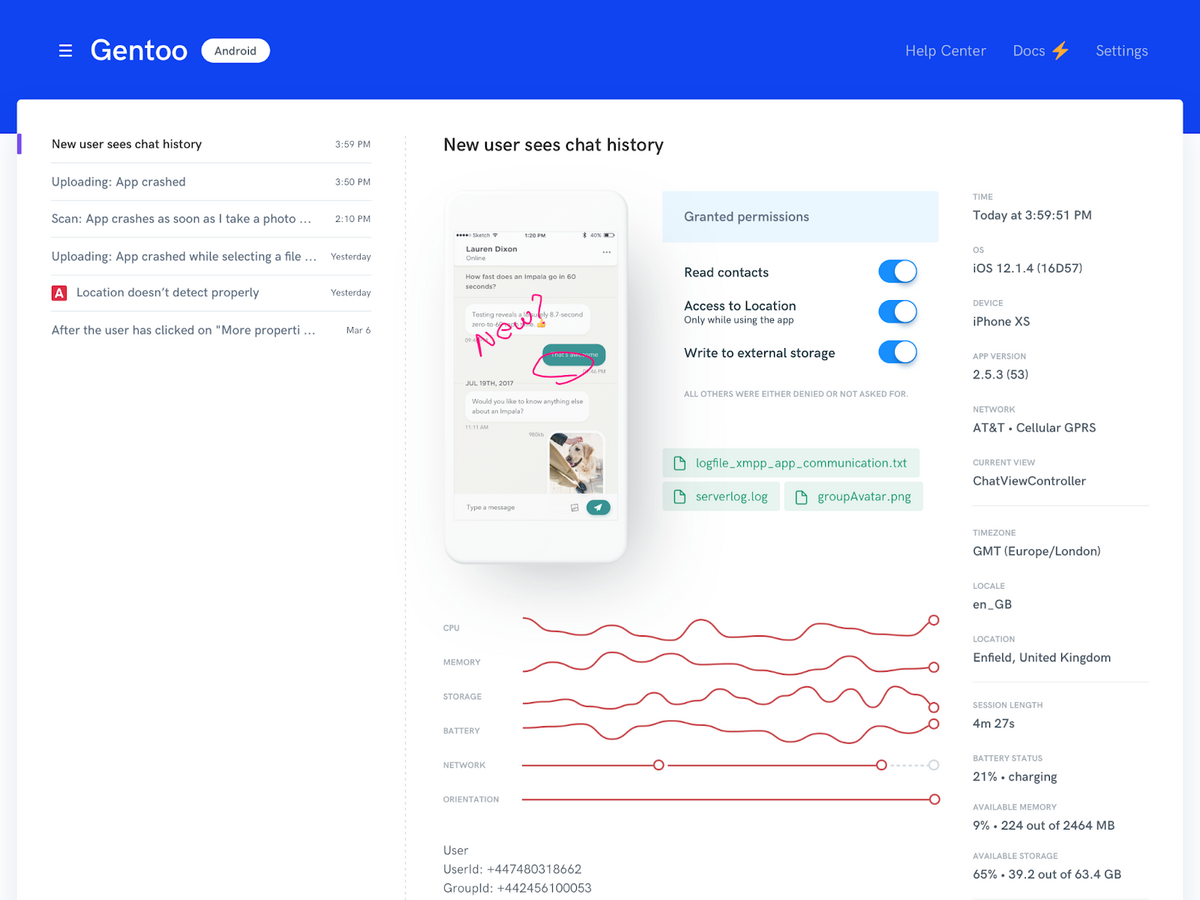
The bug report contains everything developers need: environment details, logs, screenshots and screen recordings, and more.
With this tool, all your testers, both in-house and crowd, can submit bug reports automatically.
Couple Shake with a sophisticated testing strategy that draws on both in-house and crowd testing, and your mobile app is guaranteed a smooth release.
Conclusion
There’s no easy answer to whether in-house or crowd testing is the right choice for your mobile app.
Instead, try sitting down, evaluating your app, and deciding with other senior colleagues what your best option is.
Crowd testing is perfect if you have time constraints, and it’s well-optimized for usability and exploratory testing.
In-house testing, on the other hand, leverages your employees’ app knowledge for specialized testing and is more reliable.
Ultimately, your best bet is likely a hybrid approach—combining the two methods. That way, you’ll rest assured your mobile app is thoroughly tested from all possible angles.


